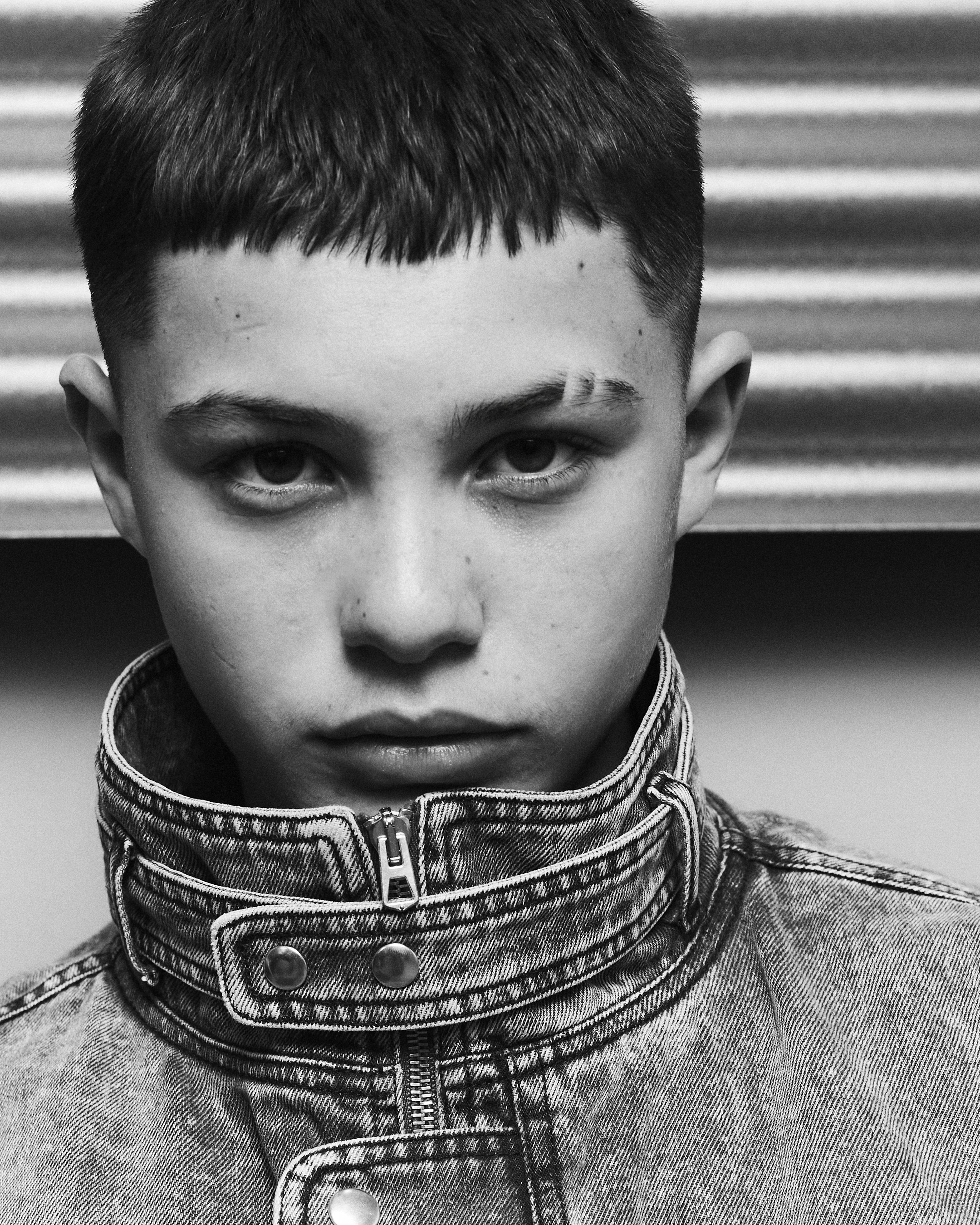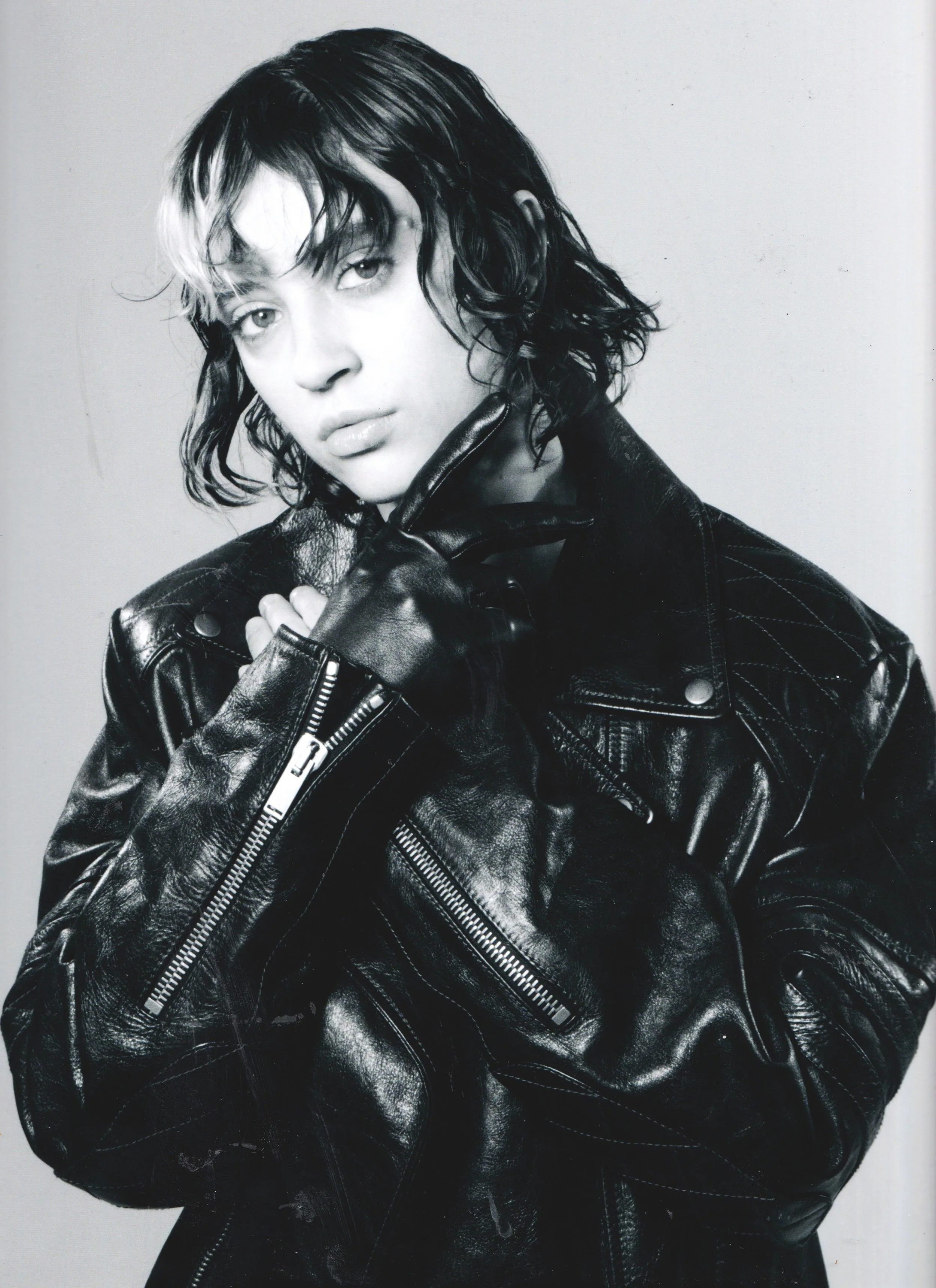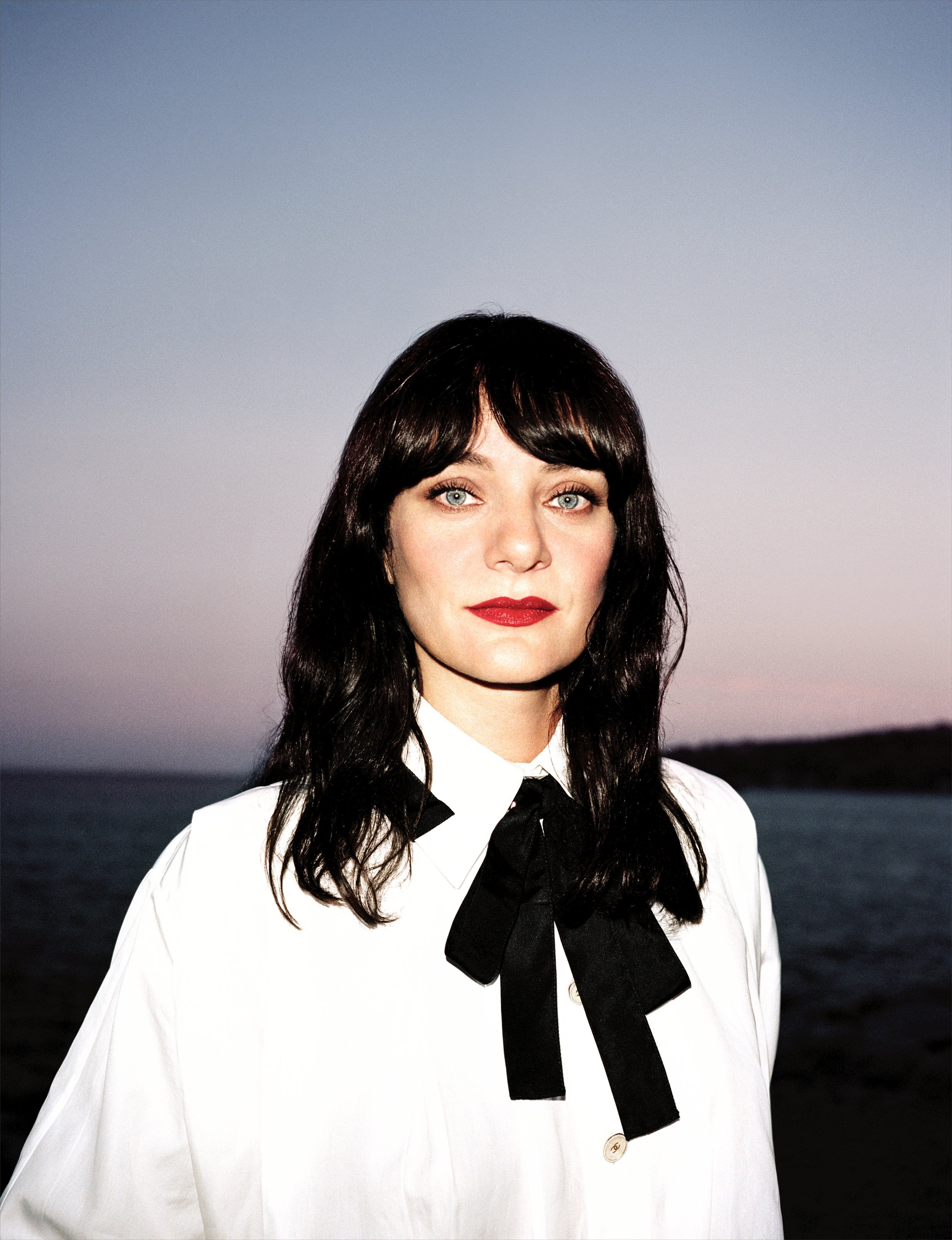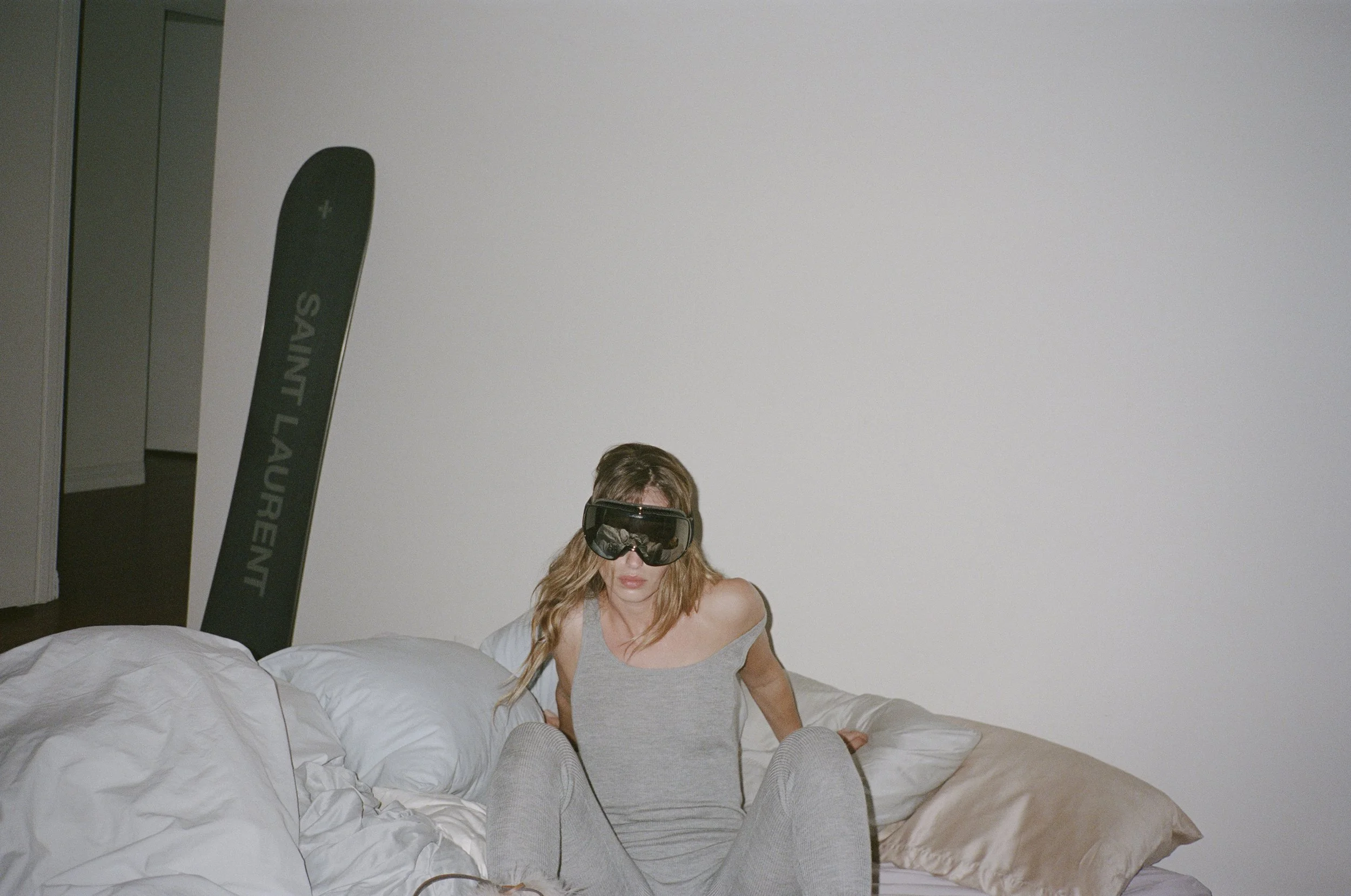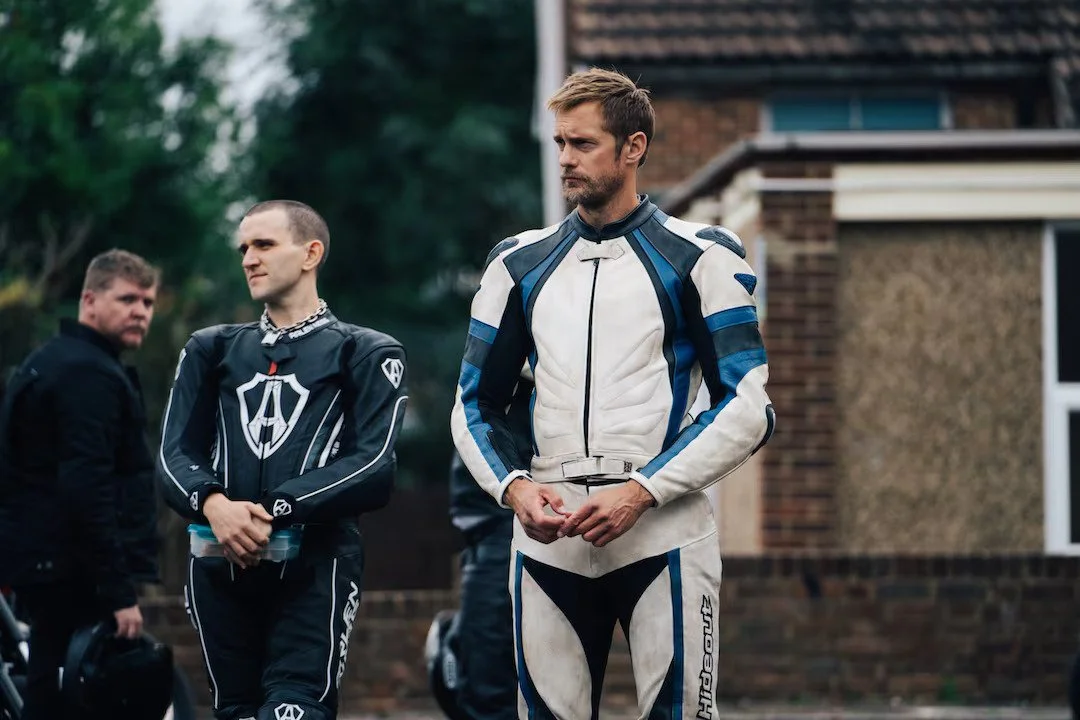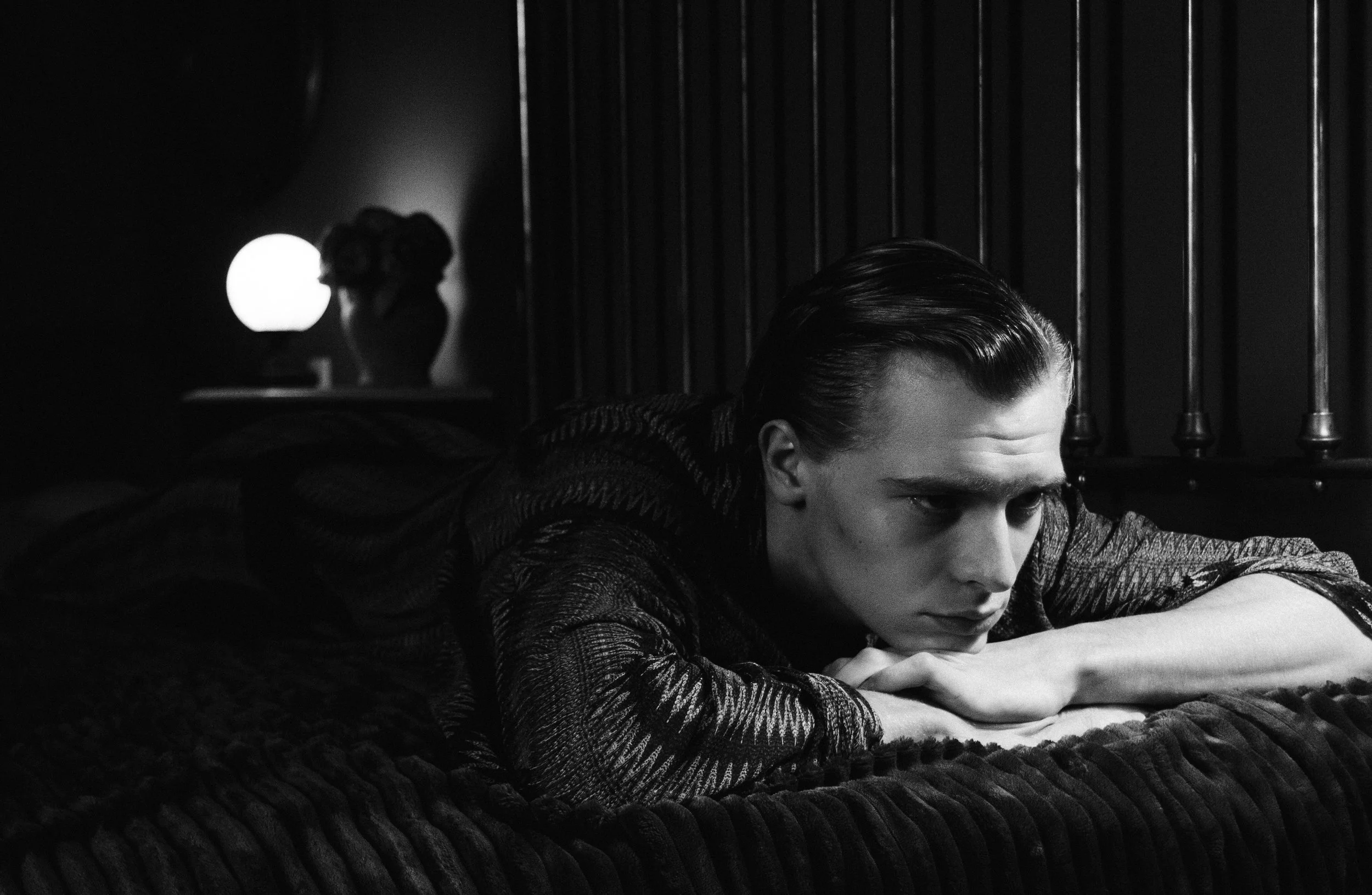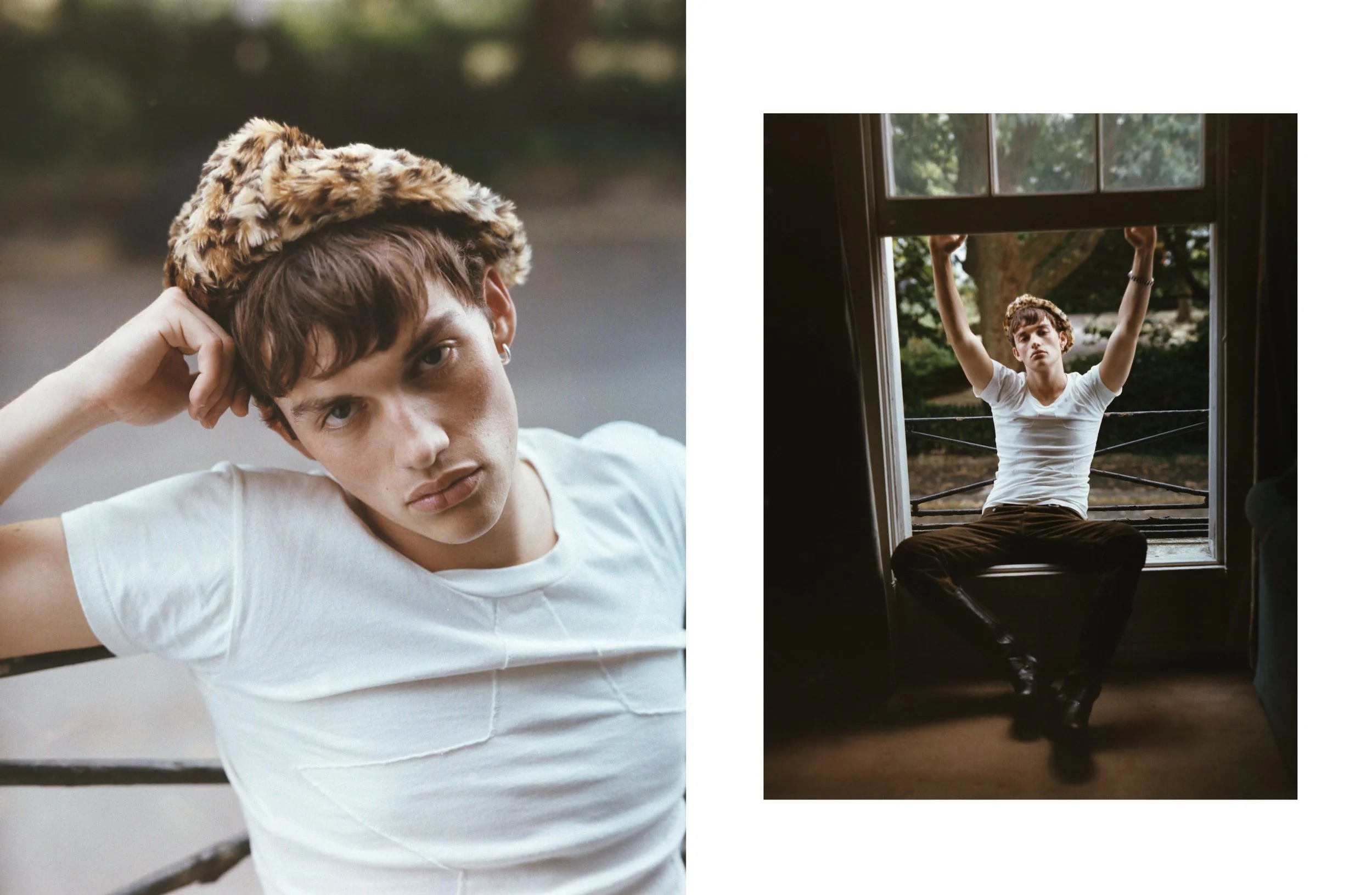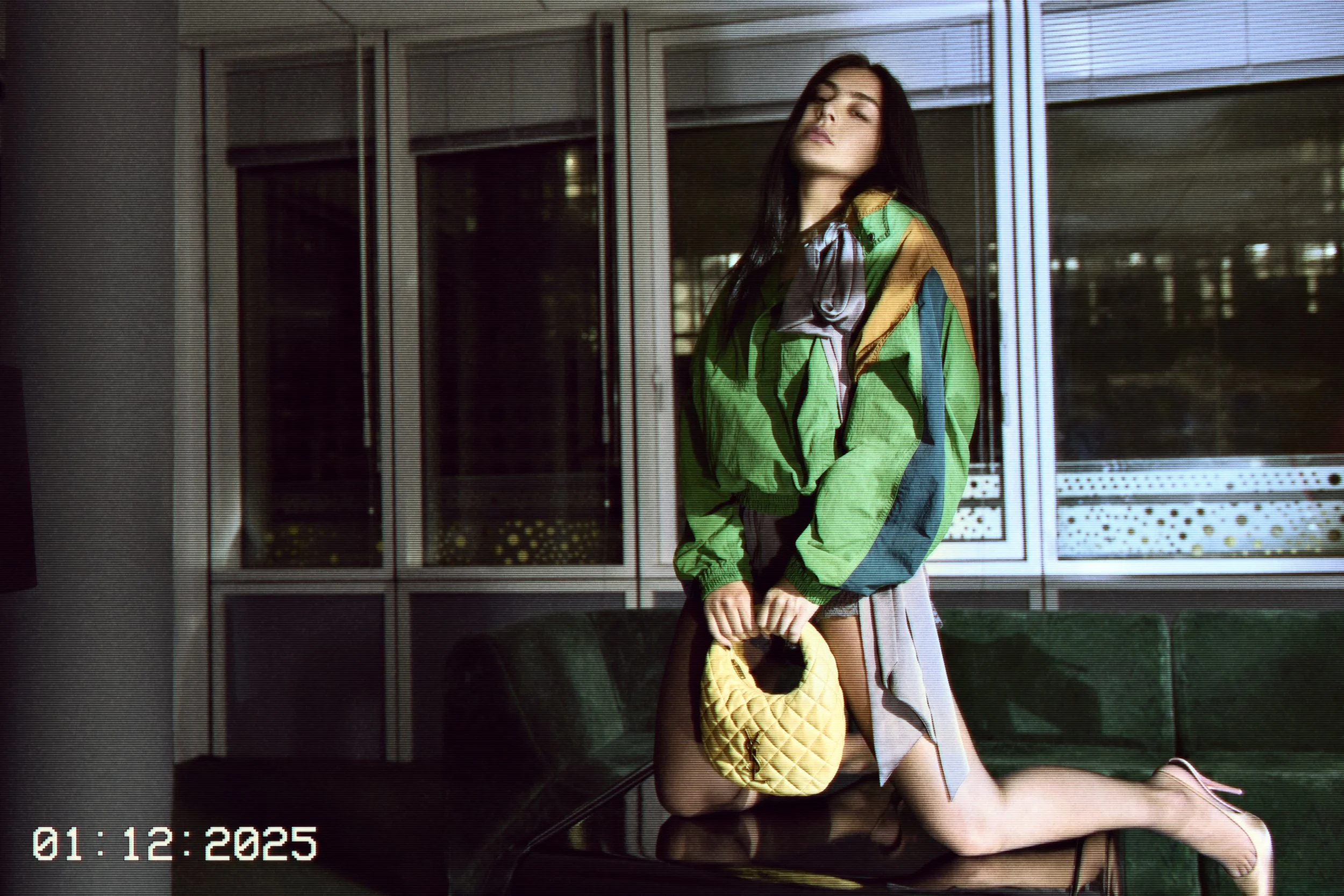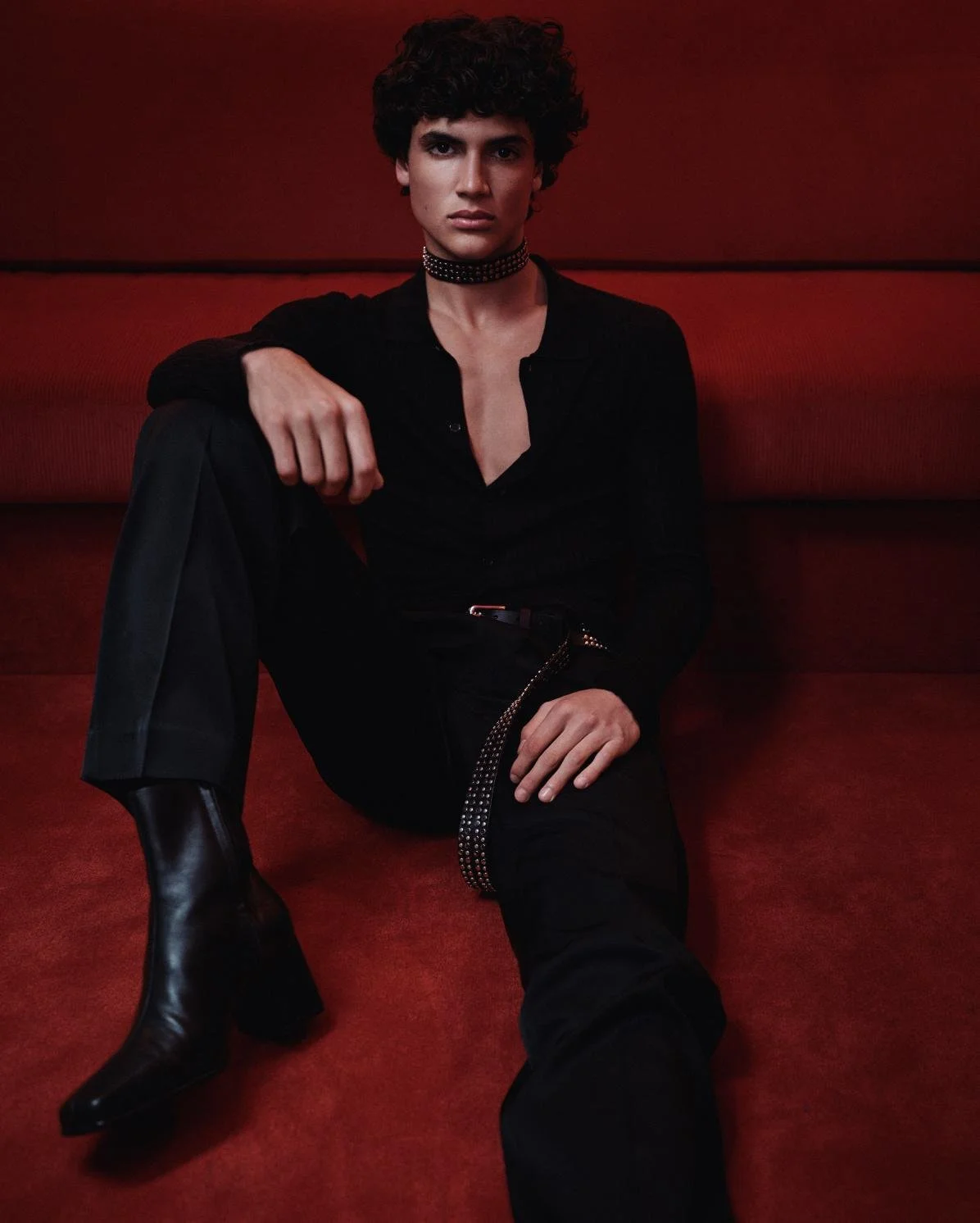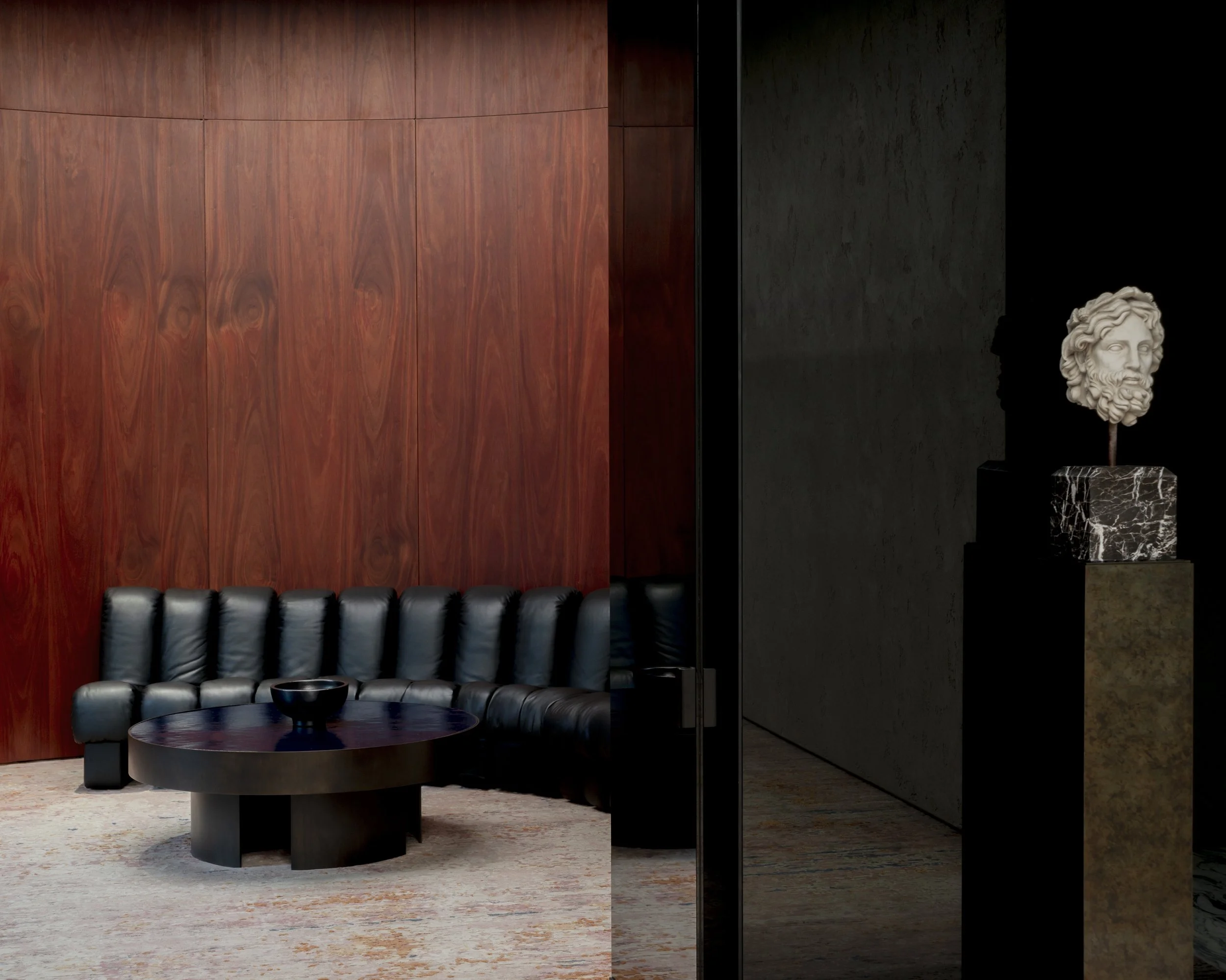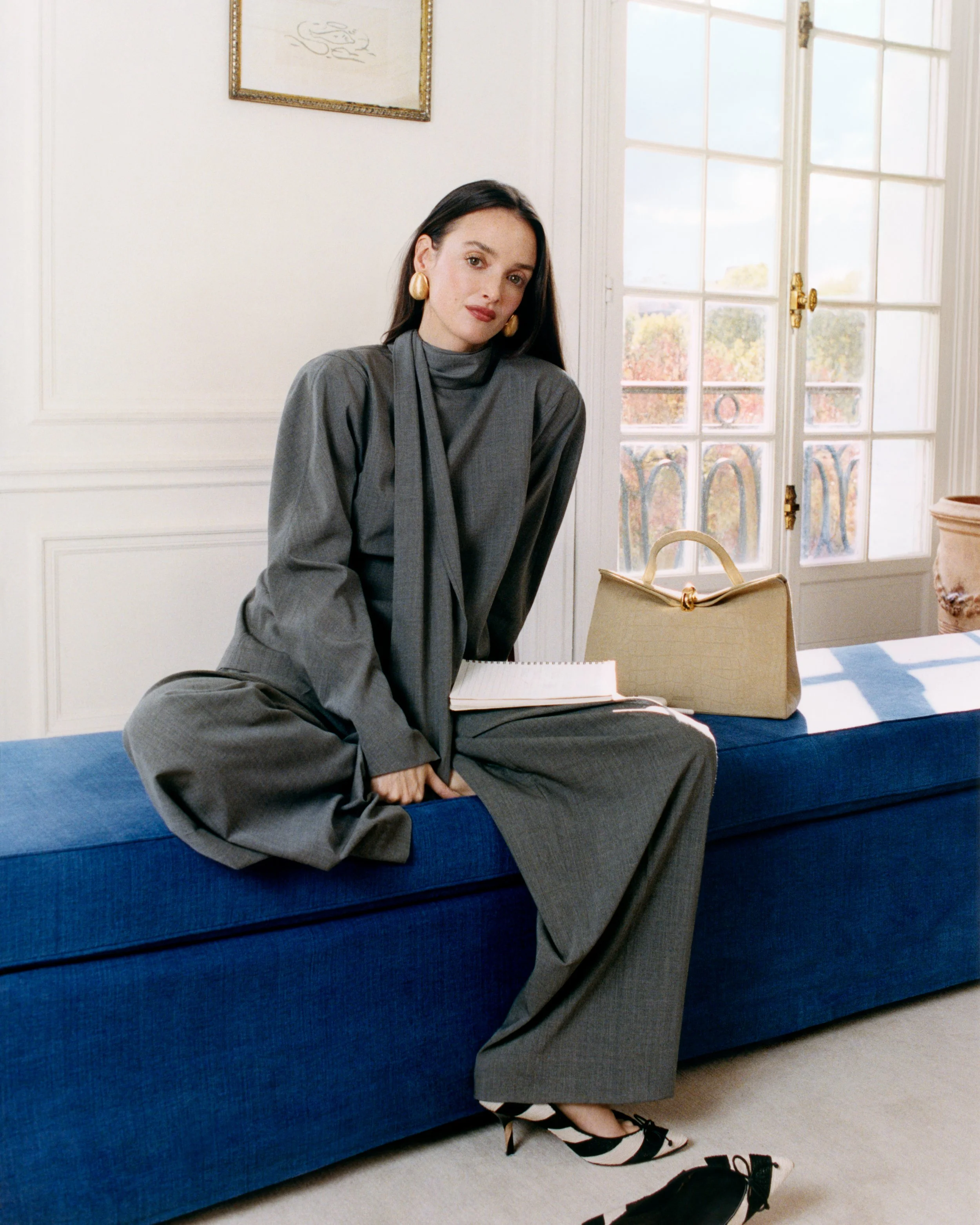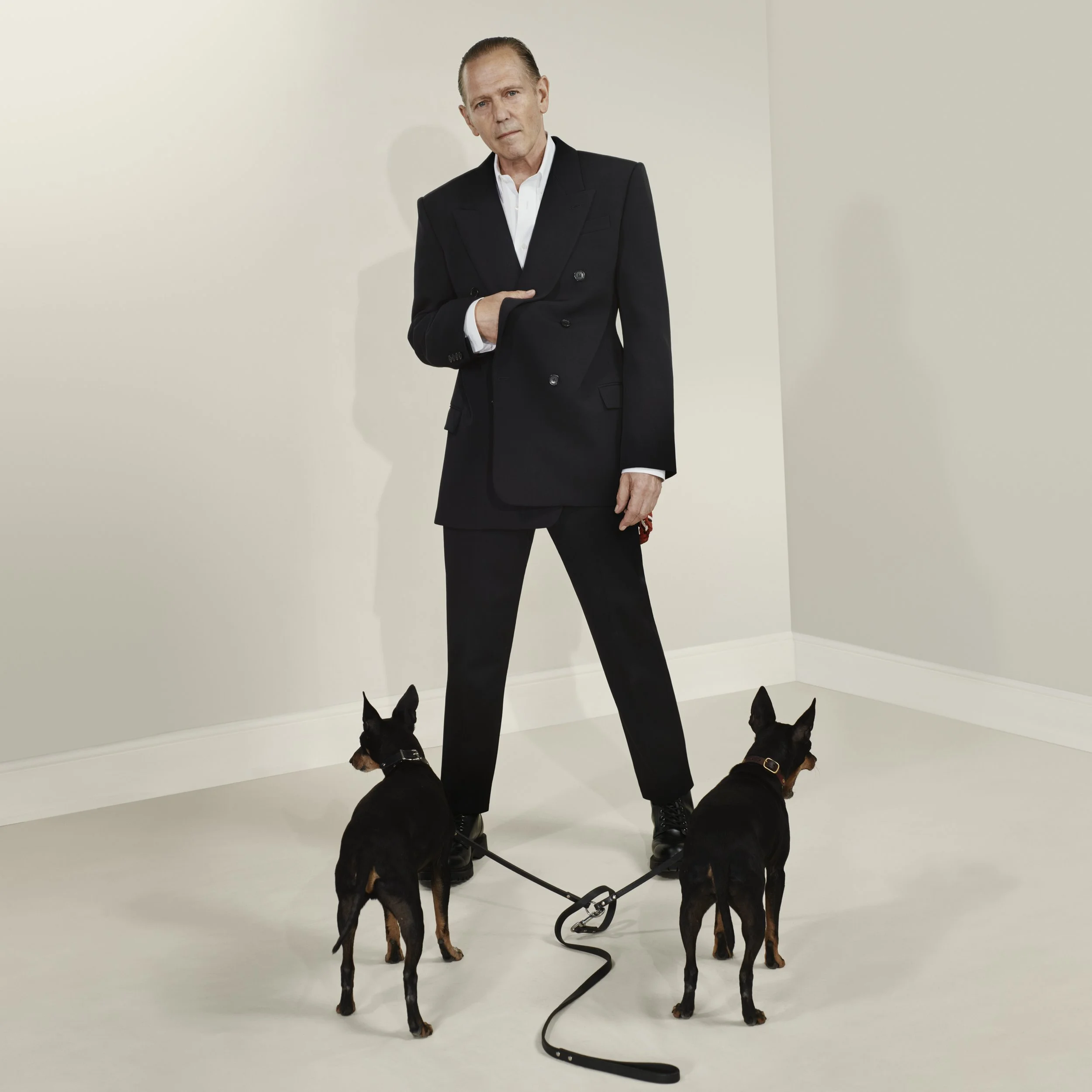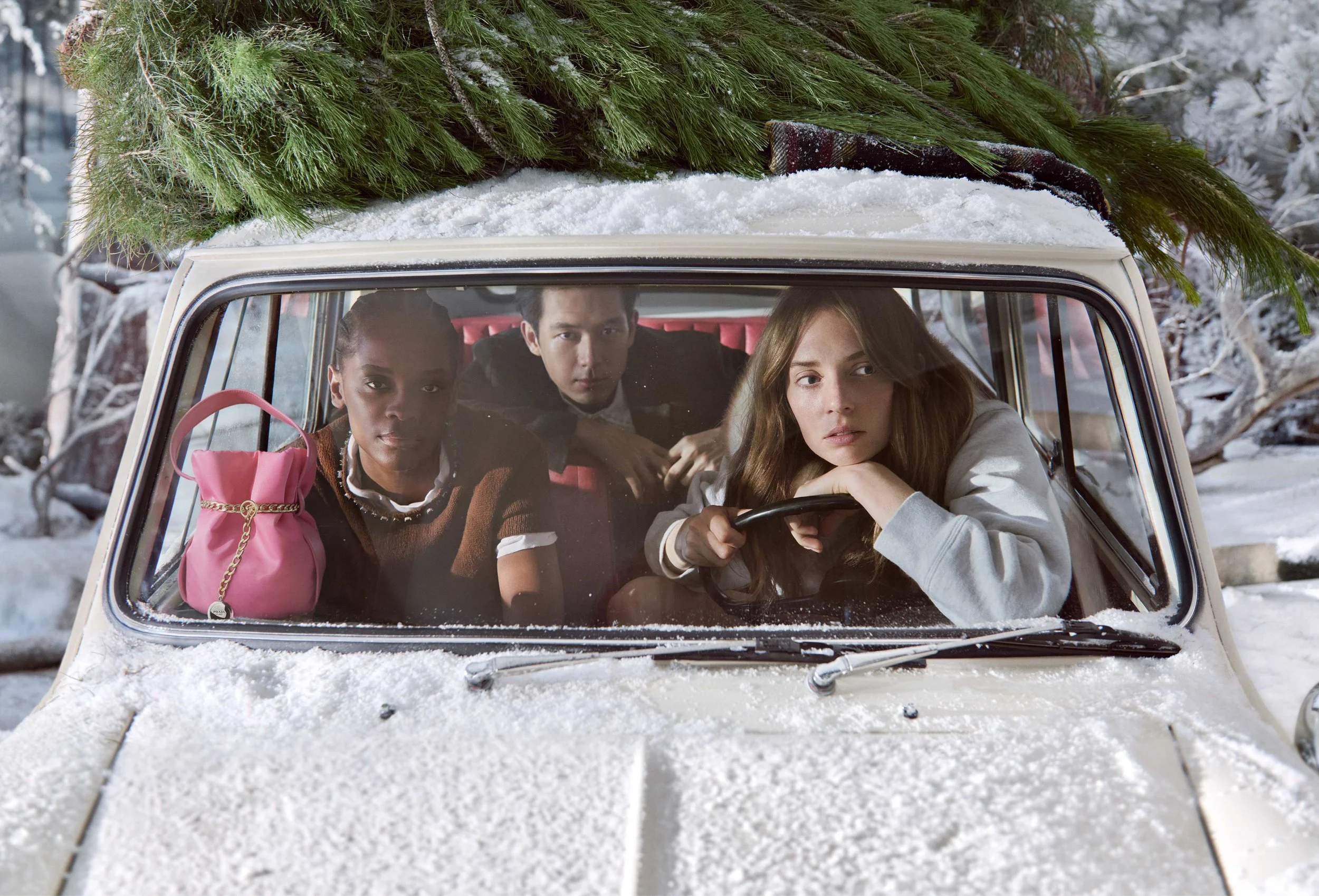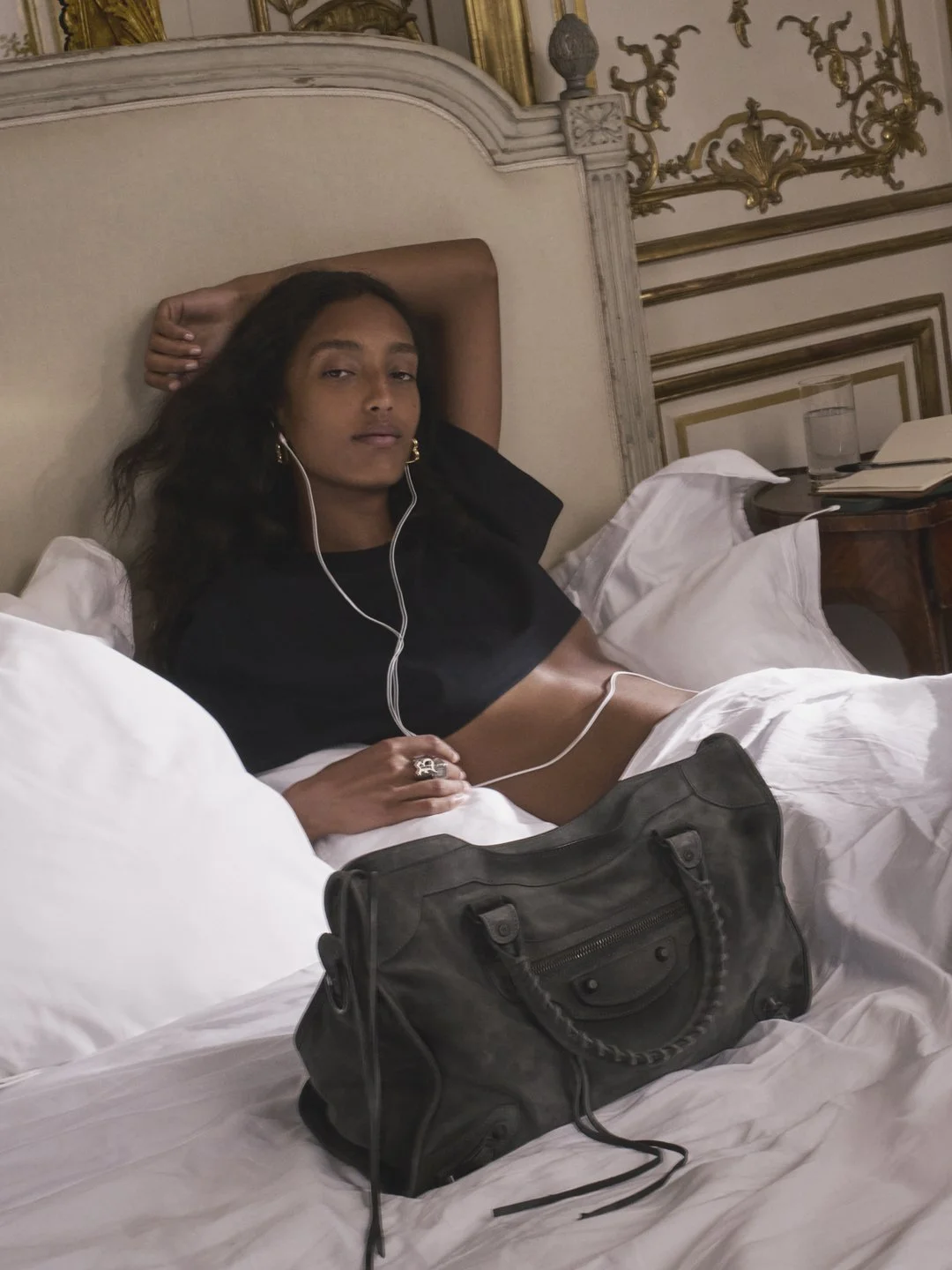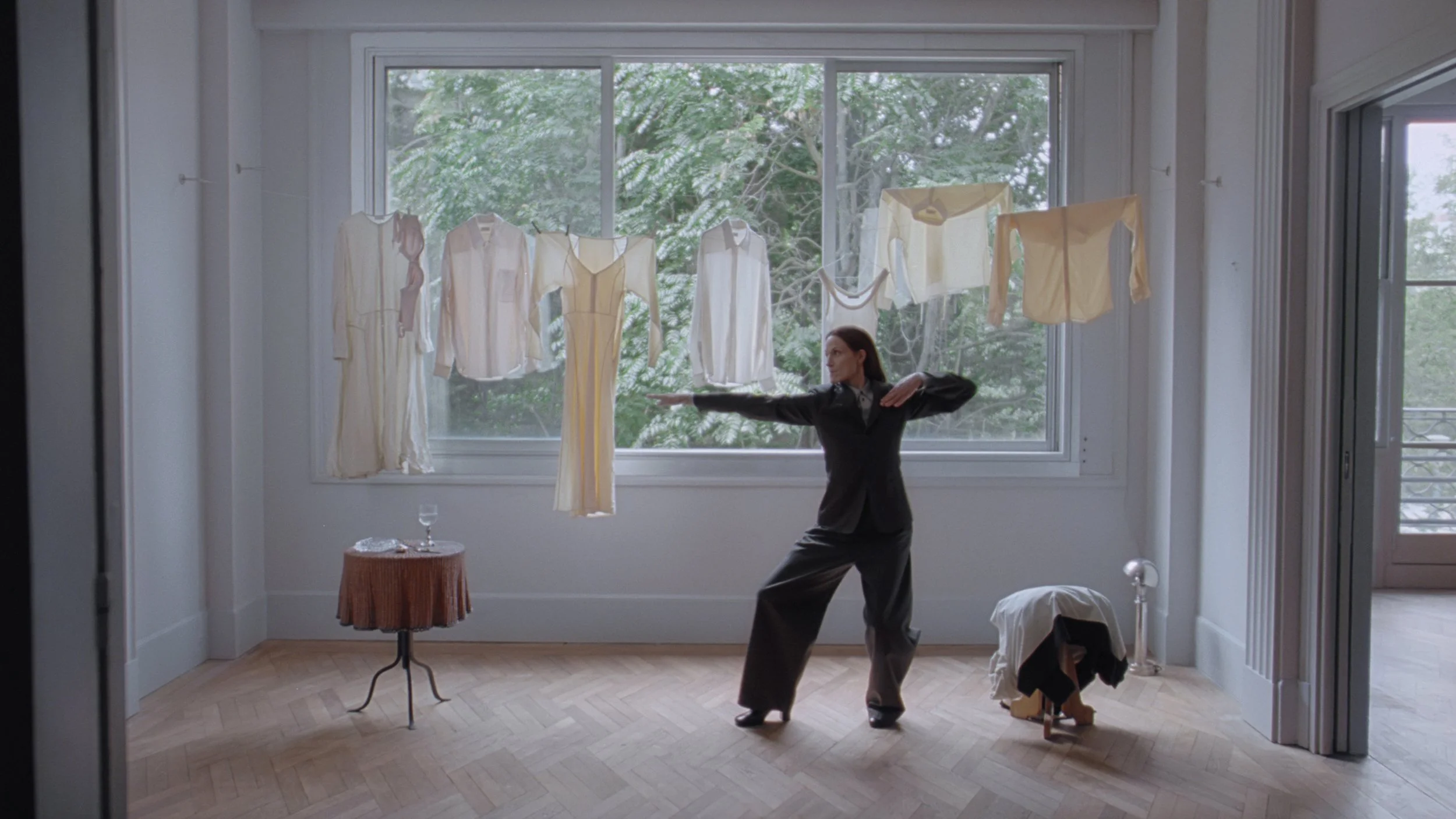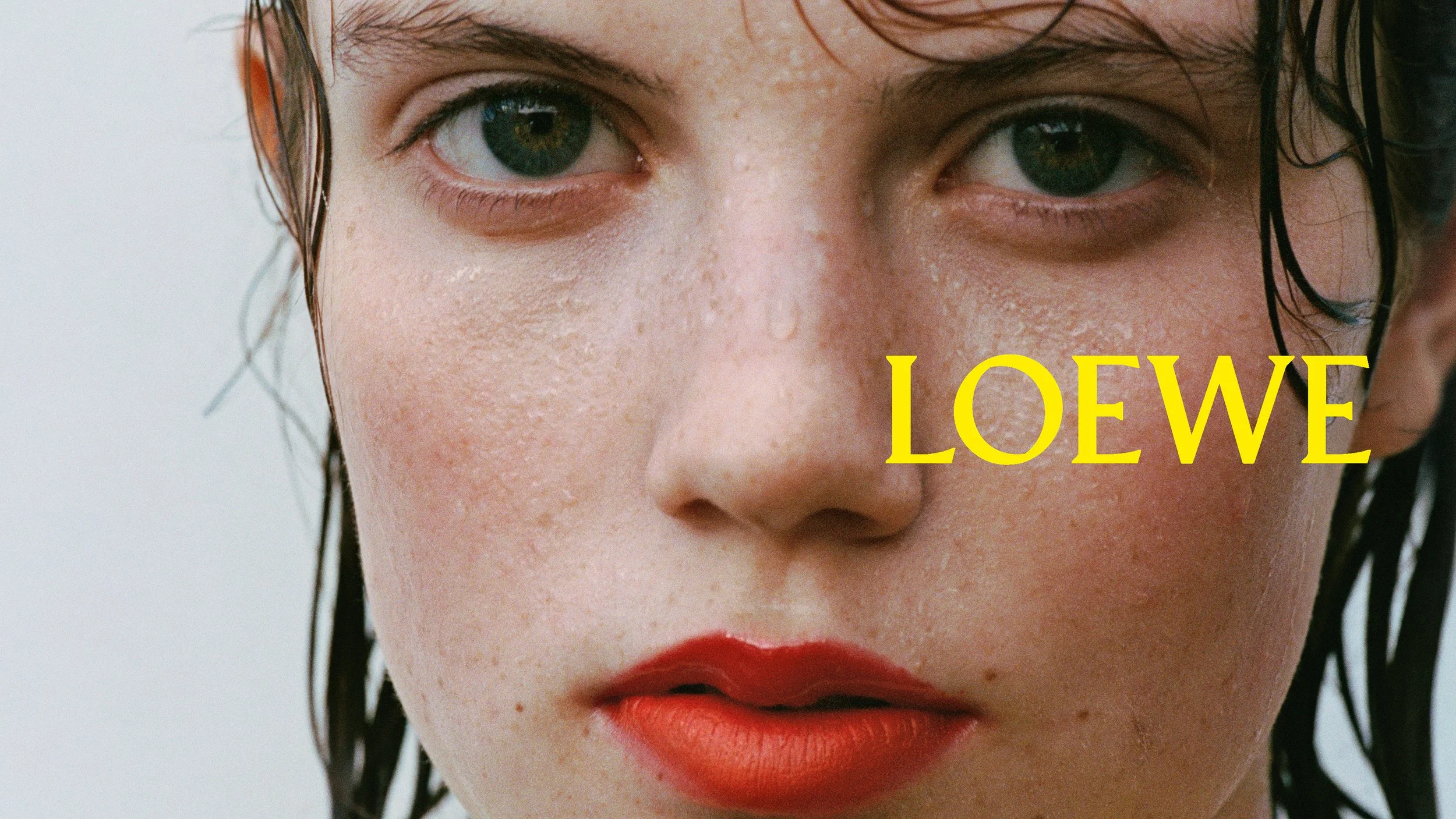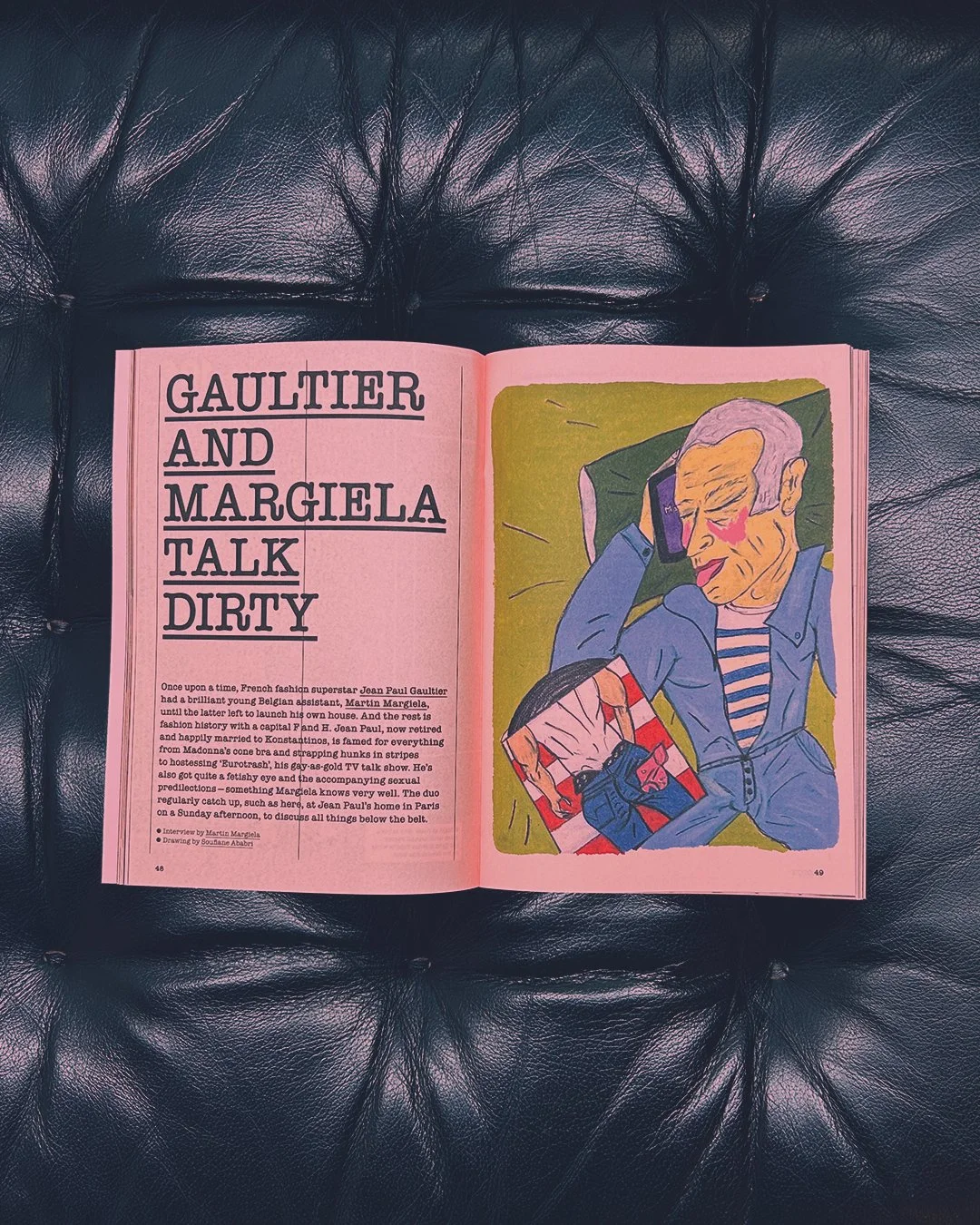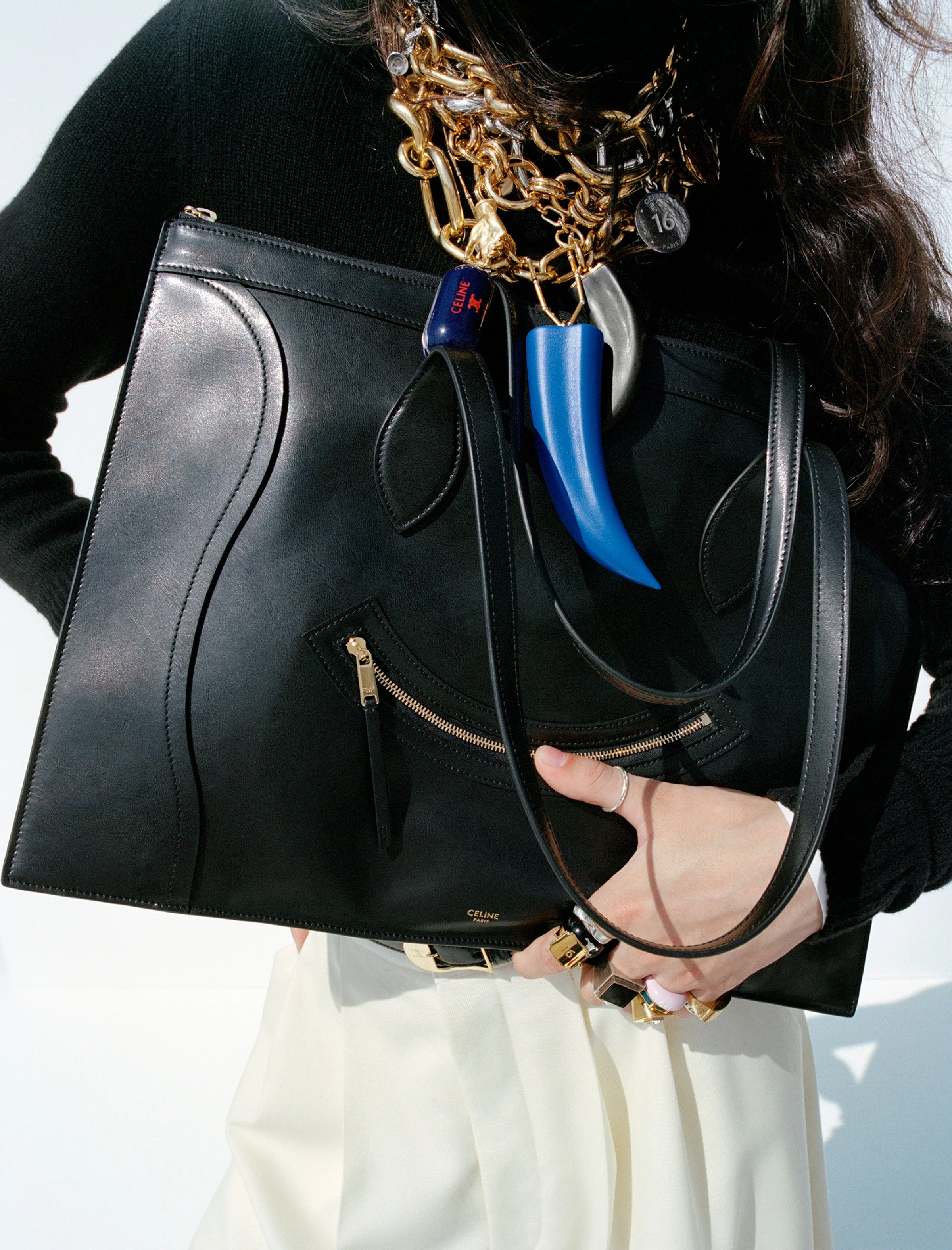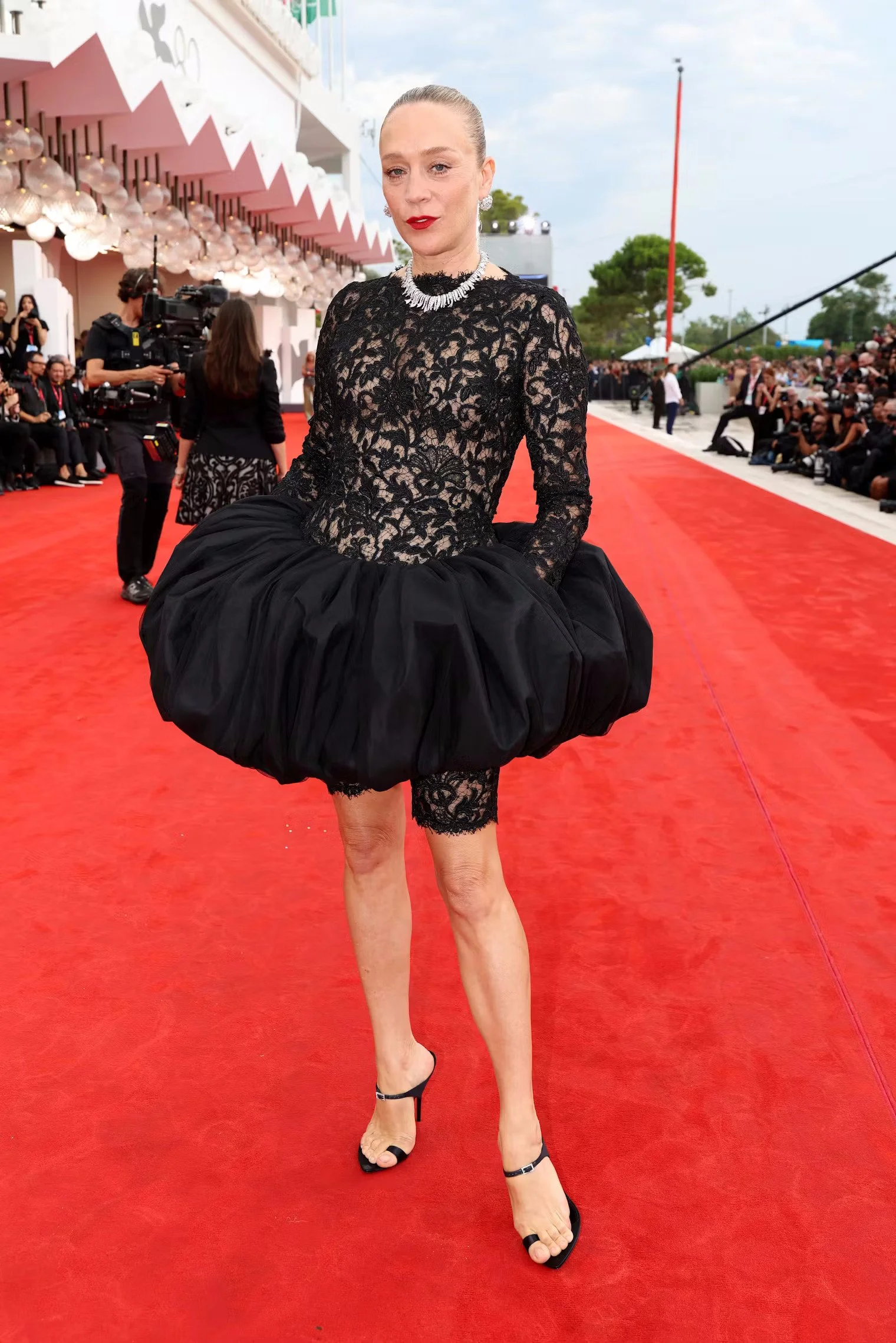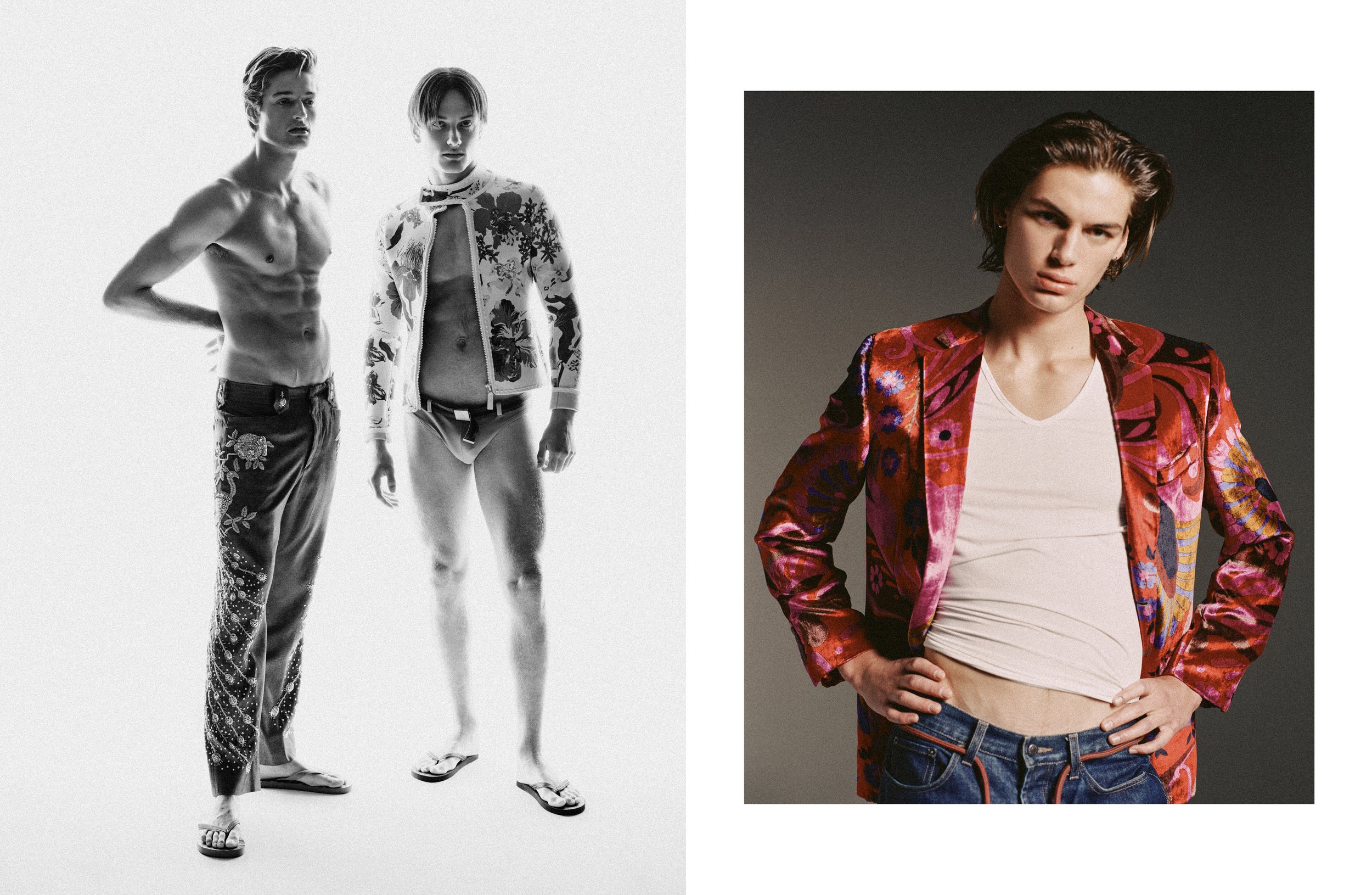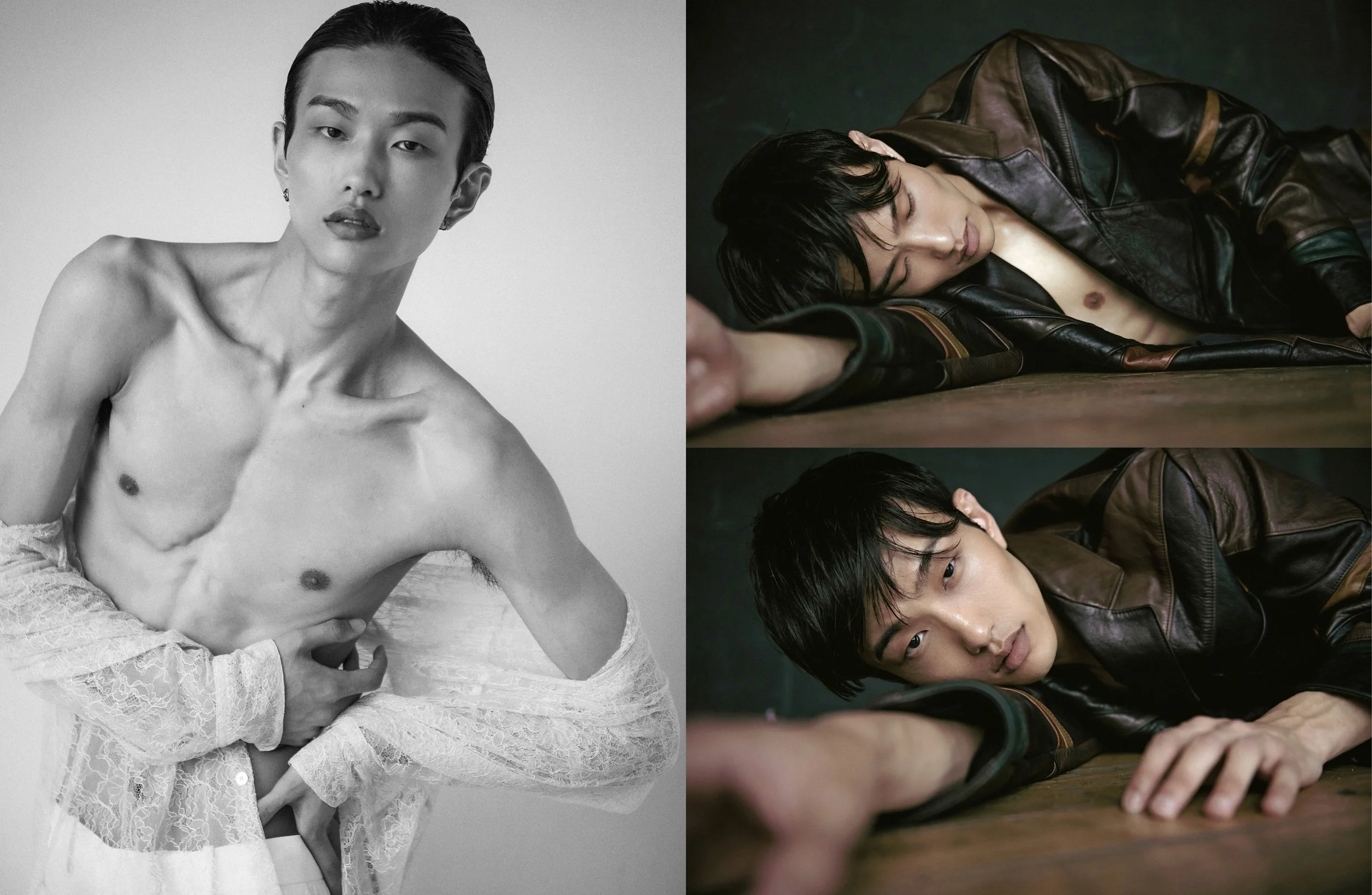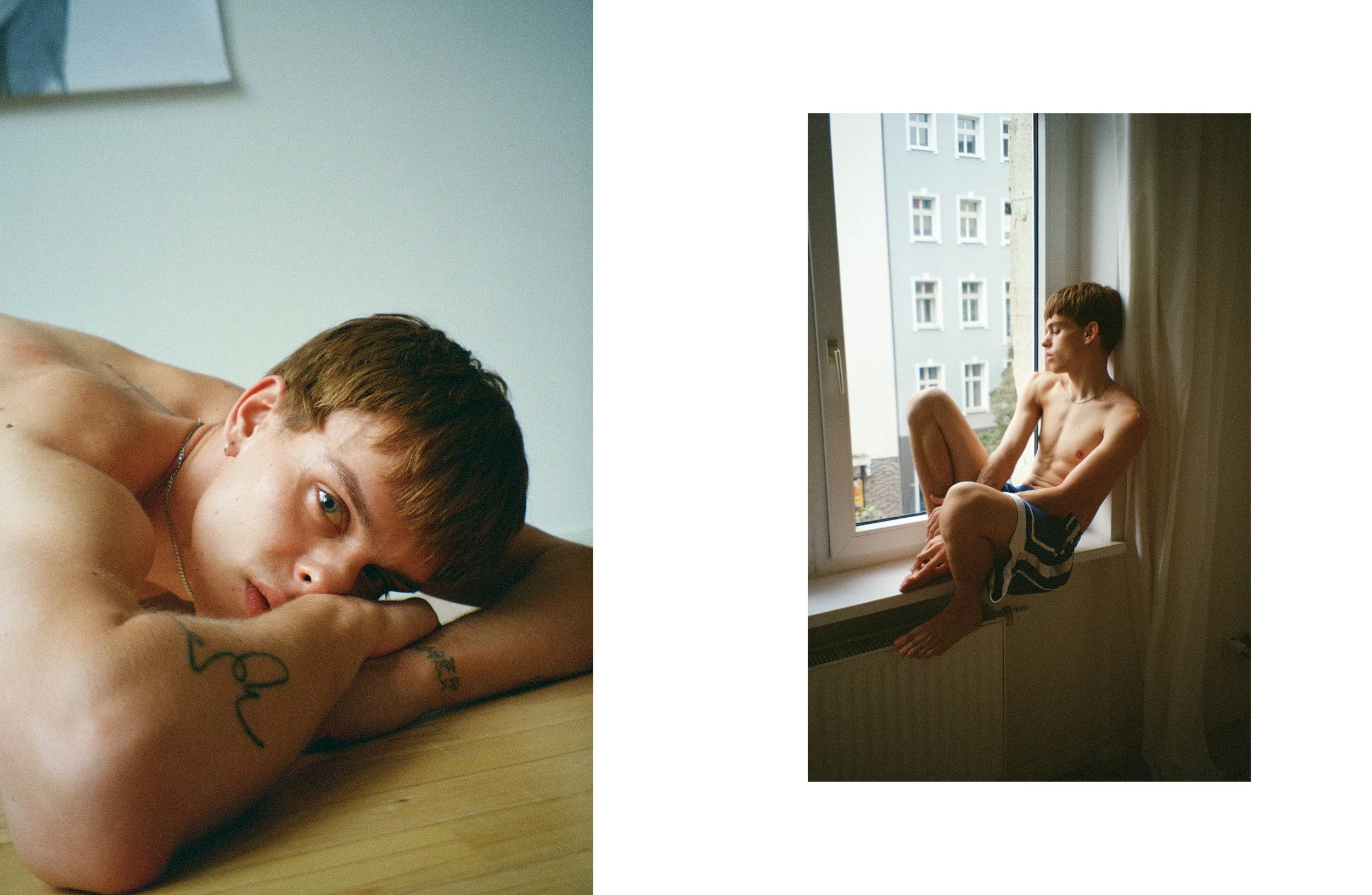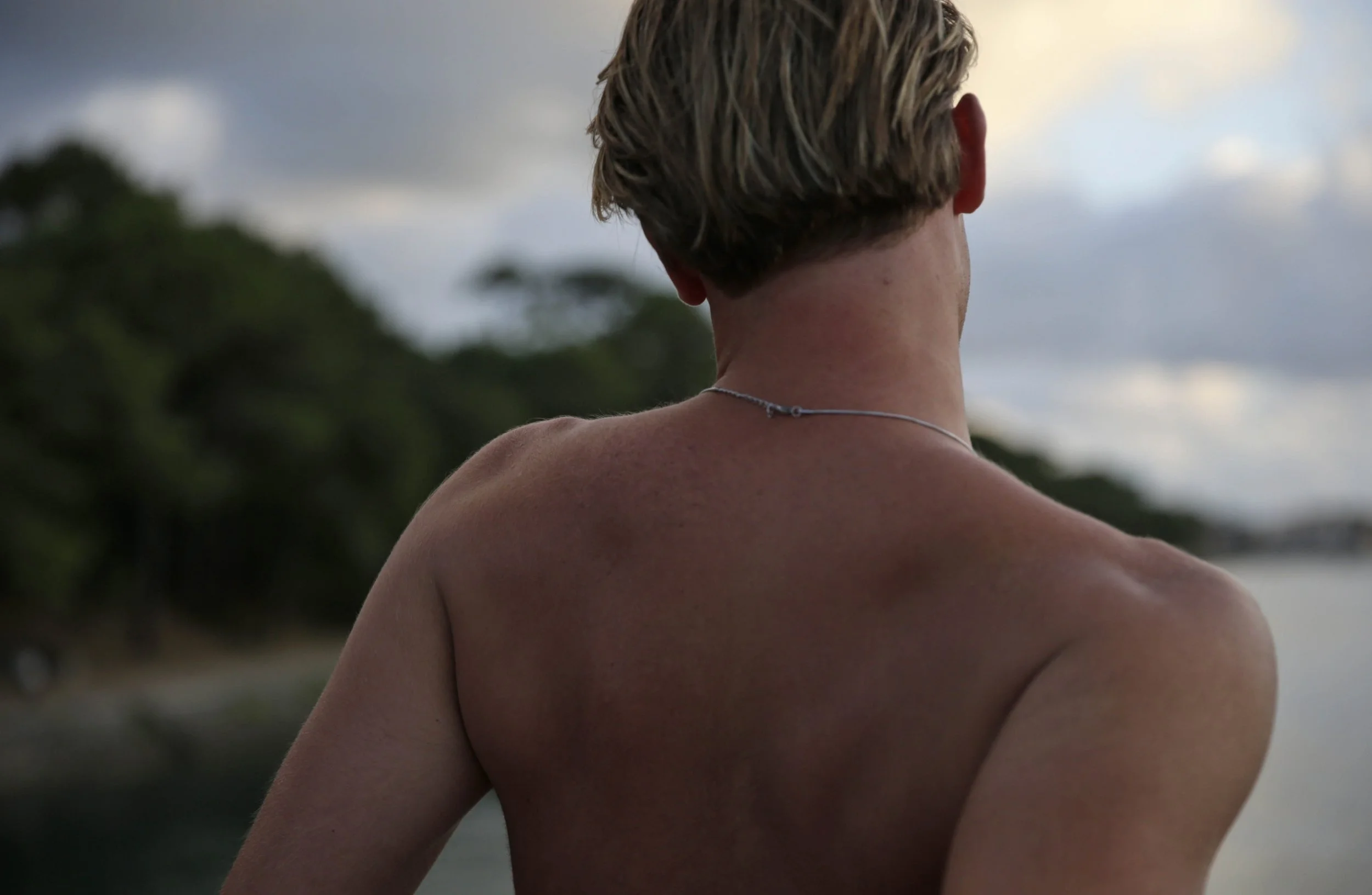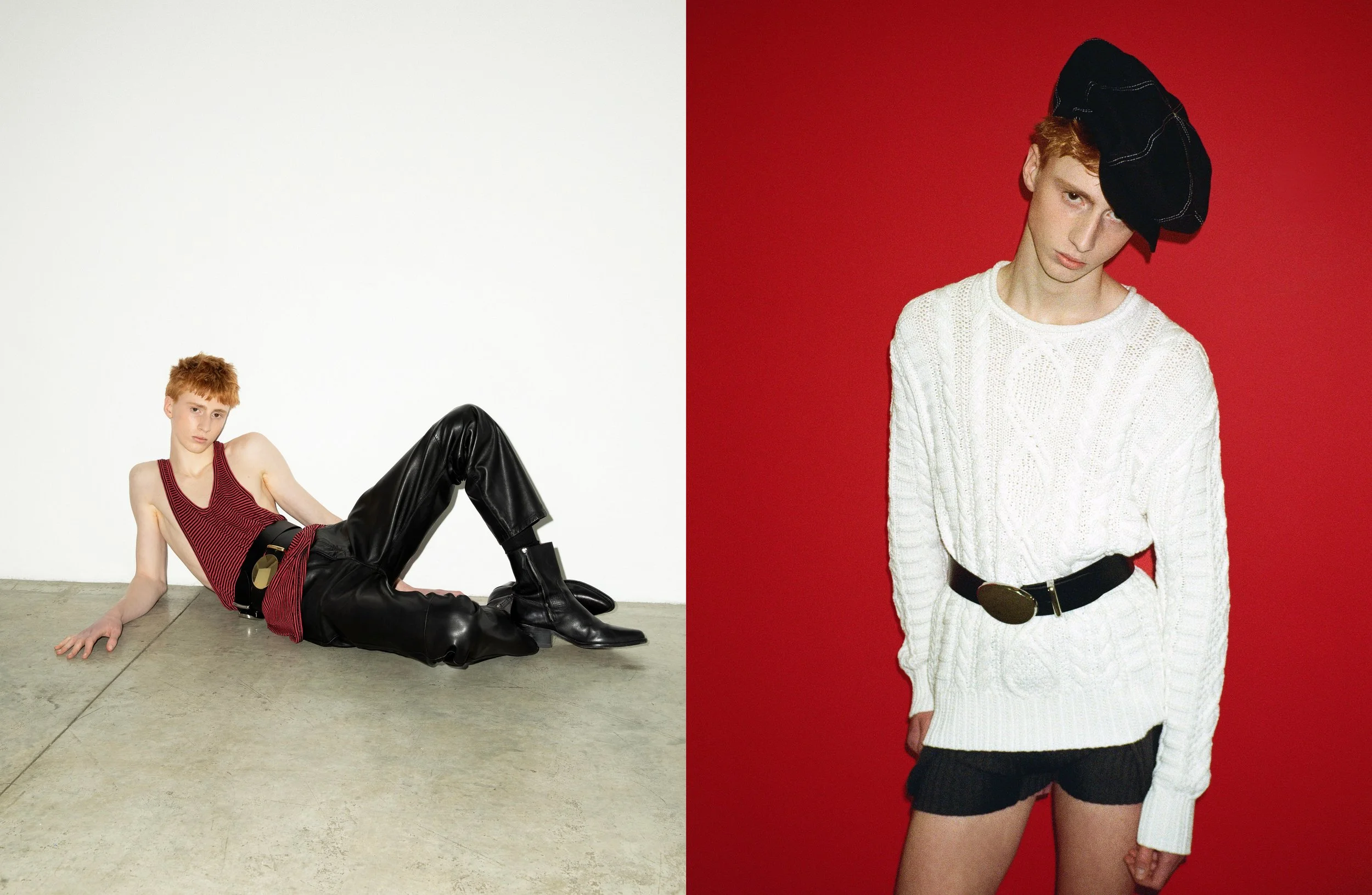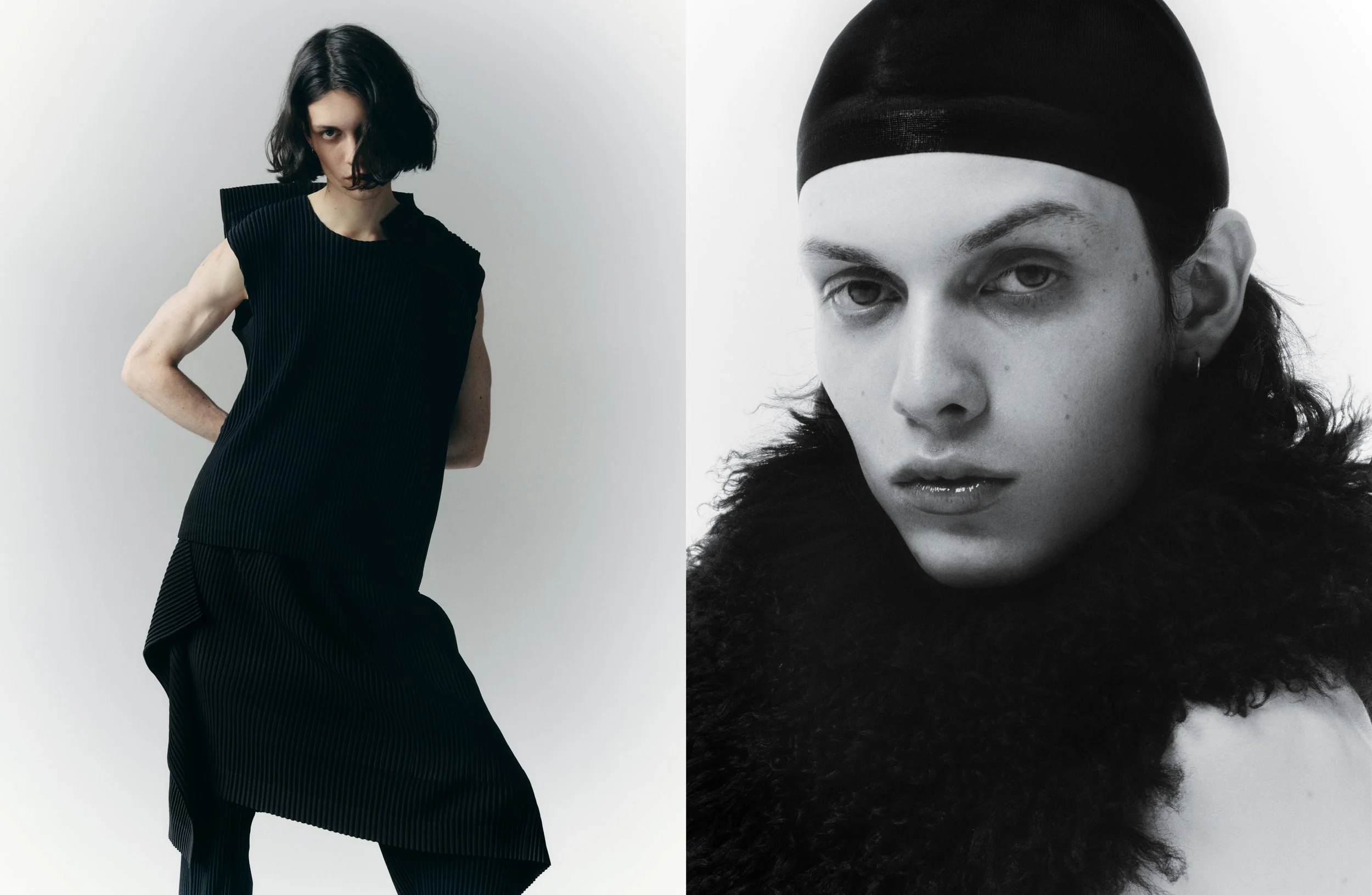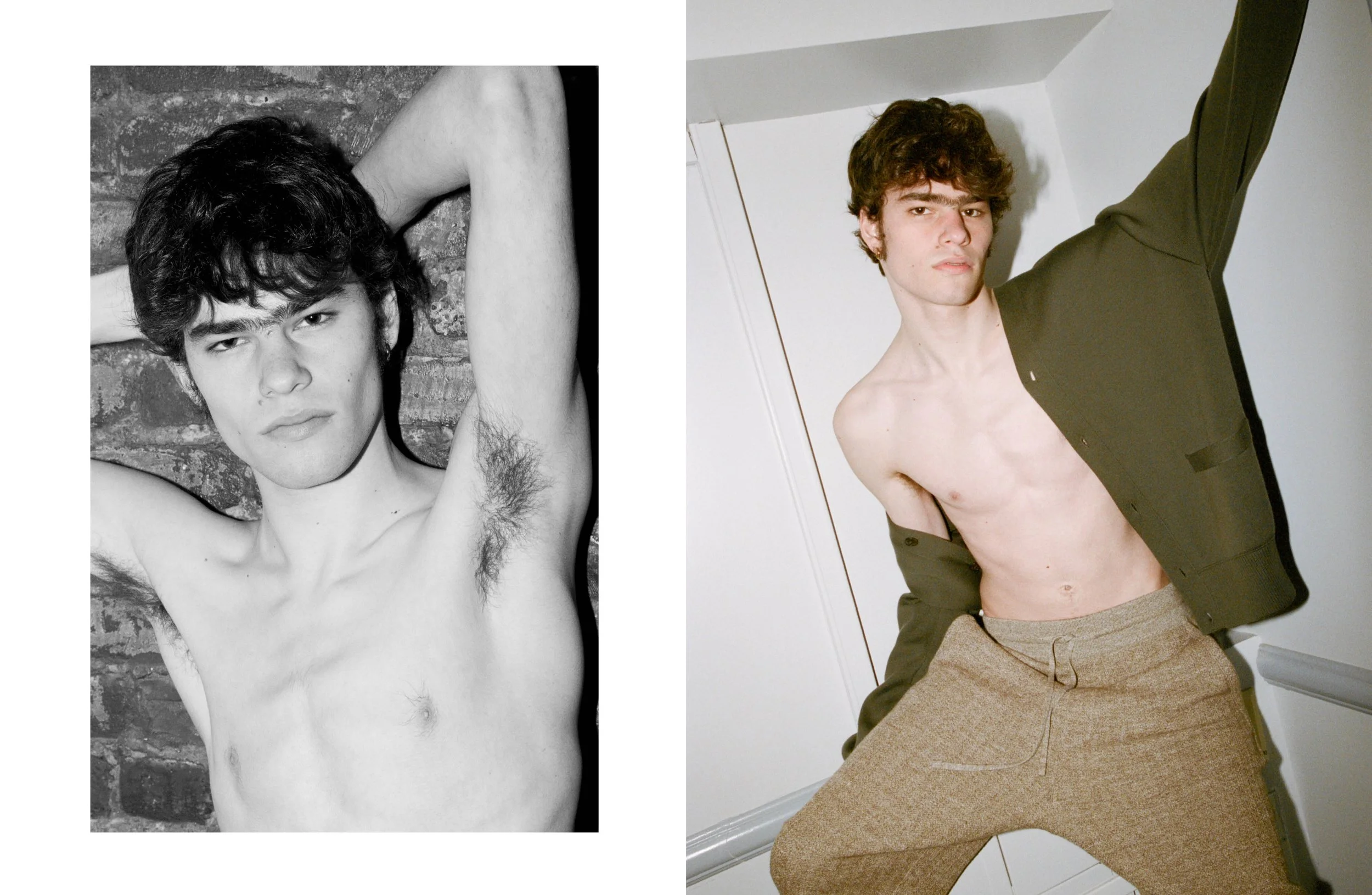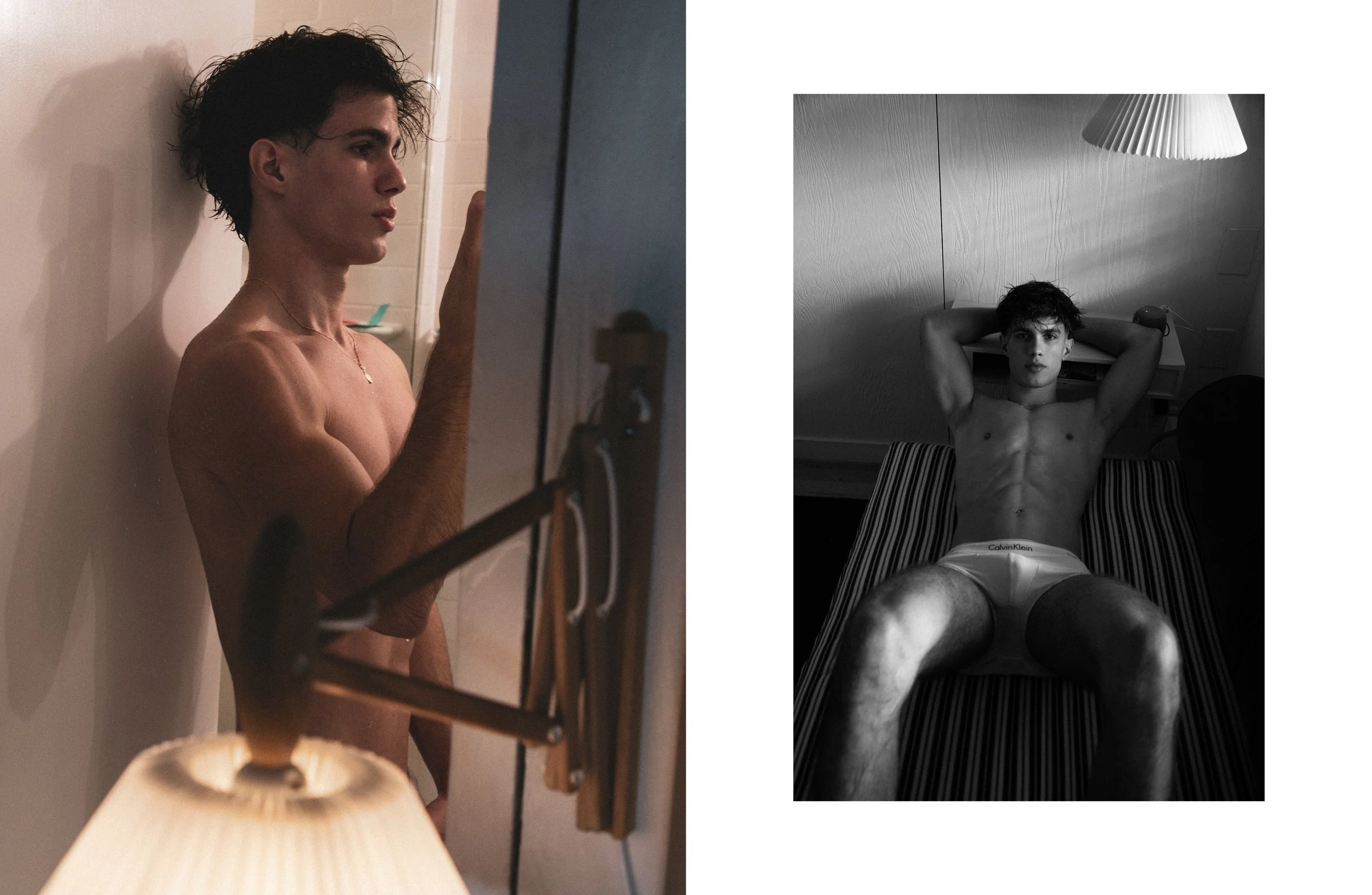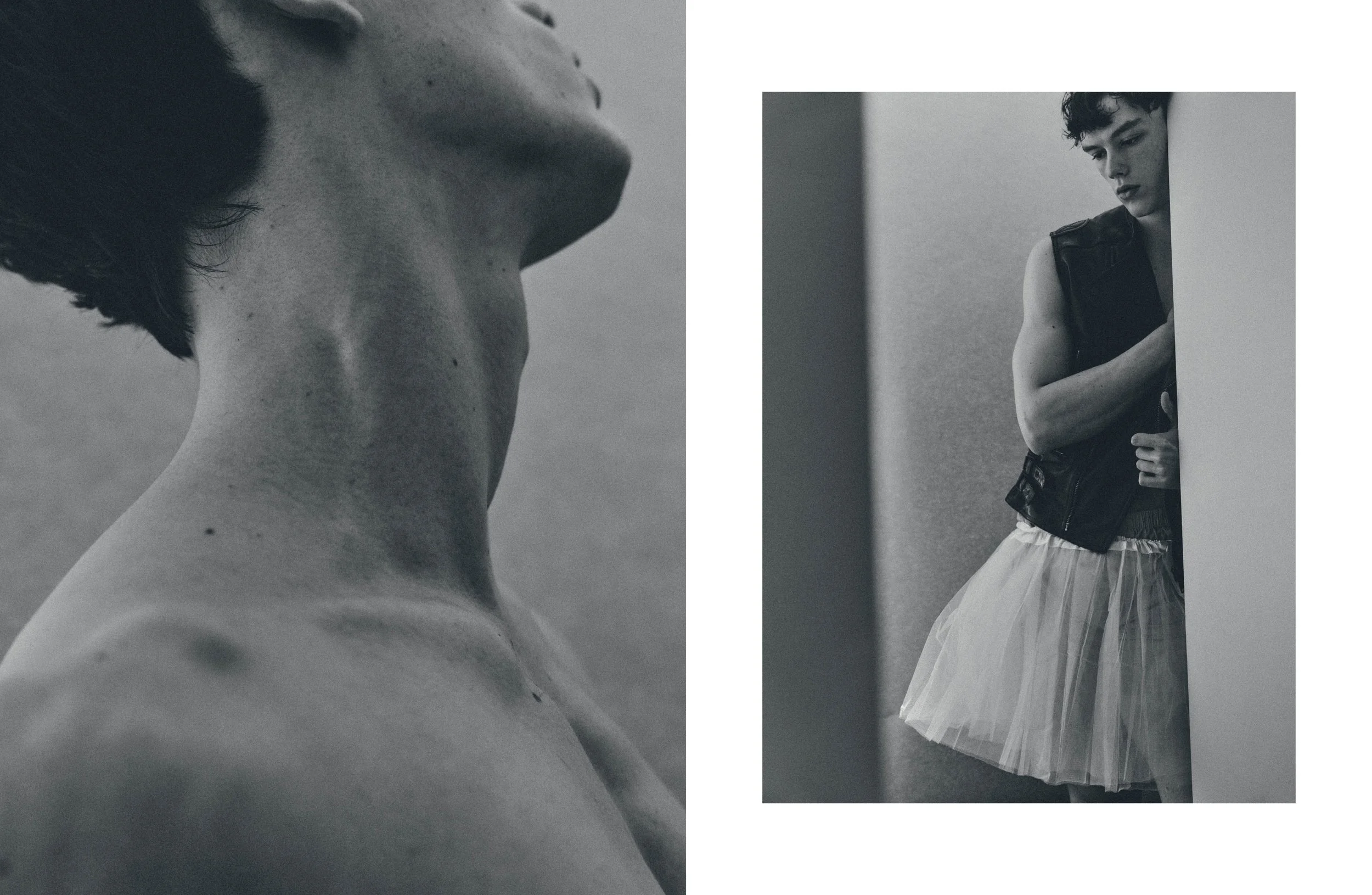Eros and Apollo: the art of Stuart Sandford
“I wish I’d just gone to the gym a lot rather than spending all that money on art school,” scrawled multidisciplinary artist Stuart Sandford across a male torso. But if he had, who’d have captured the edge of male exploration, in all its glorious, full-frontal intimacy?
Looking at his work, spread across sculpture, photography and video is like taking in a contemporary version of Antinous, Emperor Hadrien’s famously sculpted object of obsession. Now as then, the fascination is not for the boy himself (Antinous died young and his likeness created afterwards) but for the potential that his youth represented.
And it’s perhaps that porous moment that feels most of the now in Sandford’s work. Captured in his 2007 Cumfaces photography project in 2007 as much as the sexually charged Ouroboros sculptures is the perfect intimacy of self-discovery and self-definition.
Lily Templeton: Why do you think the male form, disconnected from sexuality, is coming back to the fore today, as it was in antiquity?
Stuart Sandford: It’s a question that goes back to the Victorian era but the media, and much of the arts, has been predominantly controlled by straight white men who have essentially suppressed the male form for fear of being labeled queer or gay and of course female artists historically not having the opportunity to make and show their works that might have included the male nude. That’s slowly changing so the male form and the male nude are being embraced once again.
ADLOCUTIO (SEAN FORD) STATUE, 2020
LT: How has masculinity evolved in the last few years, from an artist’s perspective?
SS: Masculinity is a societal construct and it’s always in flux, it’s something I’m definitely interested in within my work, and is shifting all the time. The biggest evolution is the realization that one doesn’t have to identify as male to be masculine and that frees up artists to increase the range and depth of their work.
POLAROID COLLAGES 2018
POLAROID COLLAGES 2018
LT: Who are your icons?
SS: It’s hard to pin down a single person or movement that I would call an icon. But, because I was initially focused on my photography practice, I was greatly inspired by both Wolfgang Tillmans and Nan Goldin and would call them early icons of mine. As I’ve moved more and more away from that and towards an interdisciplinary practice I’m more inspired by those artists whose medium is the idea itself – Warhol being the chief name in a long list.
SEBASTIAN, 2012
LT: Is self-isolation a prolific time for you?
SS: Well, I’m not the most prolific artist anyway, as much of my work, especially my sculptural works, can take many months or years to complete, so it hasn’t much changed my practice on a day to day basis. But I can’t wait to get back out there and meet people and travel and see friends once again.
Interview by Lily Templeton
















